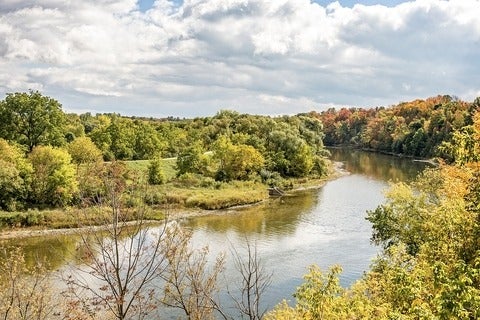Lake Futures HQP Attend Summer Retreat
This week, Lake Futures highly qualified personnel (HQP), including PhD students, Master's students, postdoctoral fellows, and undergraduate students, had the opportunity to attend the Lake Futures summer retreat on Lake Erie, in which they were able to see the effects of their research first-hand. Dr. Mark Servos, lead investigator of Work Package 3: Ecosystems, organized the two-day excursion.
